About Surabaya and Its Surrounding
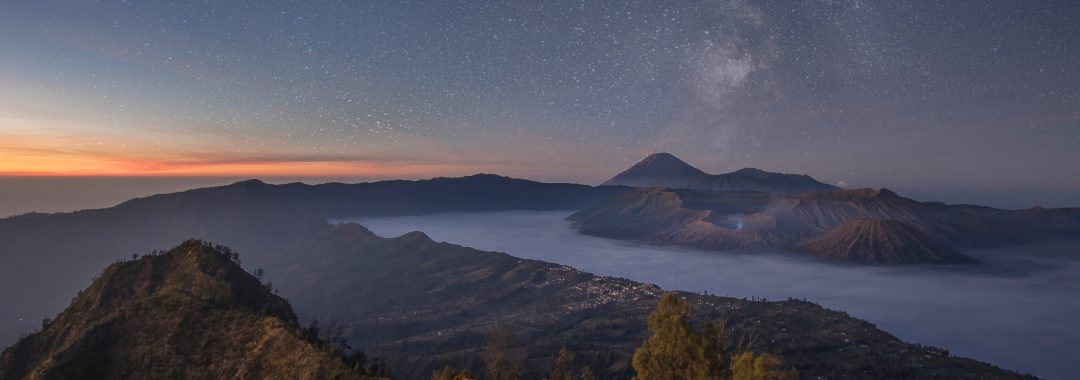
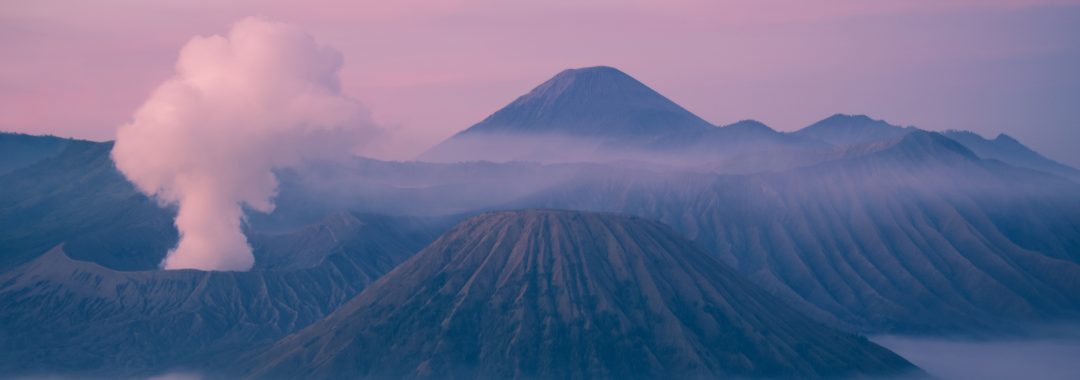
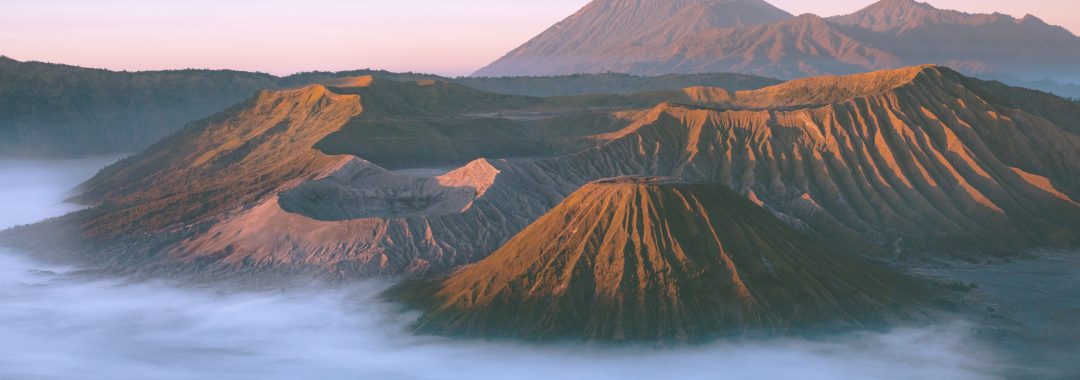
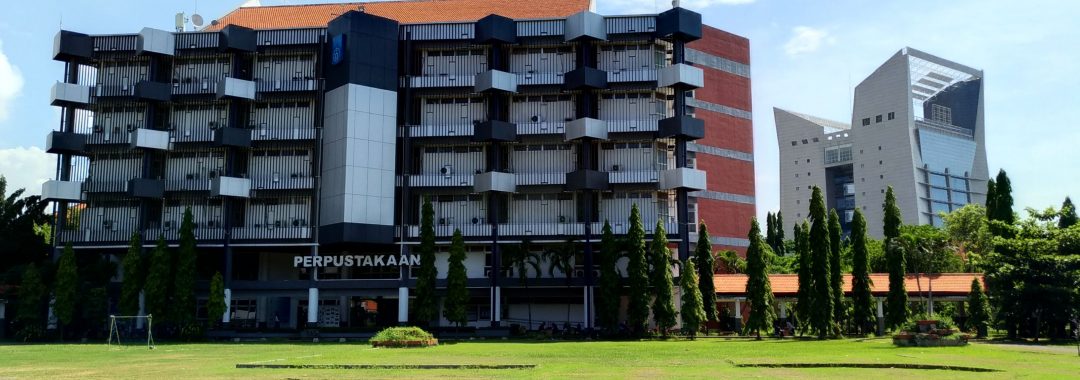
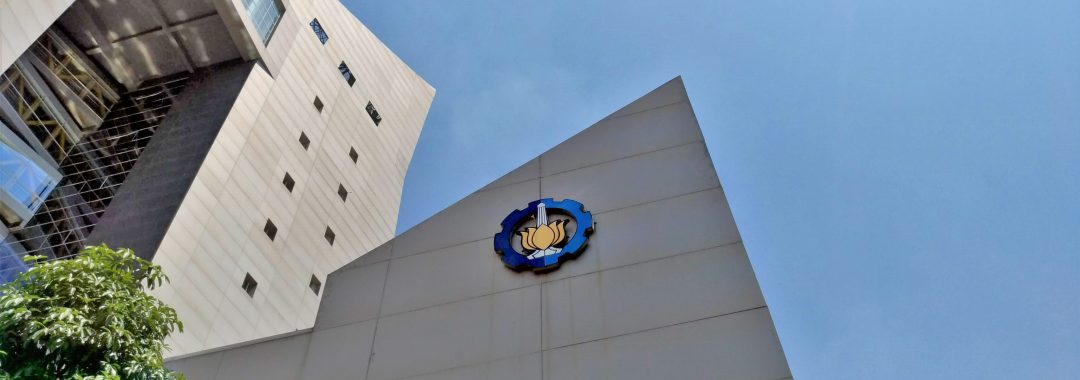
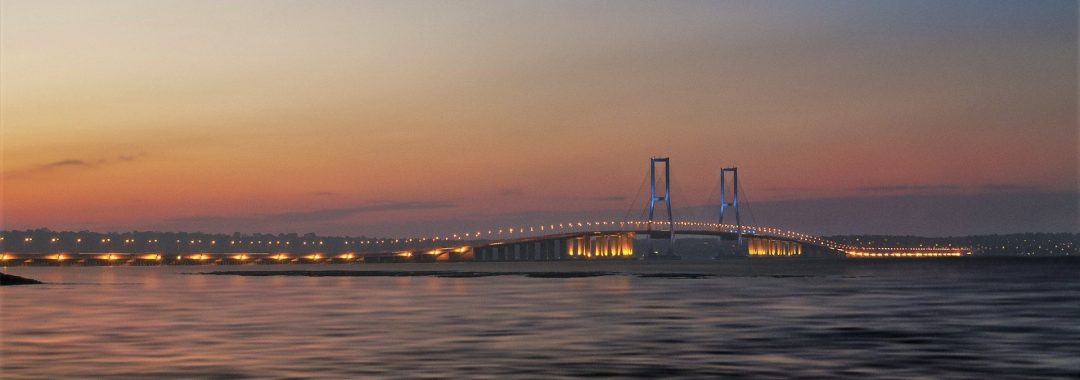
Surabaya, the second largest city in Indonesia, has its local reputation as the city of heroes, based on the struggle to maintain independence of the newly formed Republic of Indonesia, post World War II in 1945. Once regarded as one of the largest city in South East Asia during the 19th century and early 20th century, its heritage can still be seen today through Surabaya’s wide boulevards where in the past trams used to operate, old colonial-style buildings and infrastructures, ship yards, and industry.
As a modern city, Surabaya has seen tremendous development in terms of city quality of life, easily seen through its general clean upbringing, adequate infrastructure, quality education, and entertainment. Compared to the neighbouring Island of Bali or the special region of Yogyakarta that are highly popular tourists destination, the city of Surabaya itself may be less known for holiday goers. However, this city hides some attractions that are unique to this city, such as the Sampoerna Cigarette Factory Museum, Submarine Museum, and Ampel Mosque. As a port city facing north towards the Madura Island, the city also has waterfront attractions such as the Suramadu Bridge, Suroboyo Bridge, Tanjung Perak Sea Port Terminal, and a large mangrove conversation area.
As the capital city of East Java Province, Surabaya is also within close proximity to internationally known natural wonders of East Java such as Mount Bromo and Kawah Ijen Crater, among others. The neighbouring city of Malang and its surroundings can be reached through the tolled motorway, in which it hosts a large number of attractions such as the Safari Park, Jatim Park, the Transportation Museum. Trains from Surabaya to Yogyakarta to the west and Banyuwangi to the east towards Bali runs daily. Surabaya is also easily accessible by air, with direct international flights from Singapore, Kuala Lumpur, Penang. The city also serves as a hub for many local airline carriers, connecting to many travel spots throughout Indonesia.